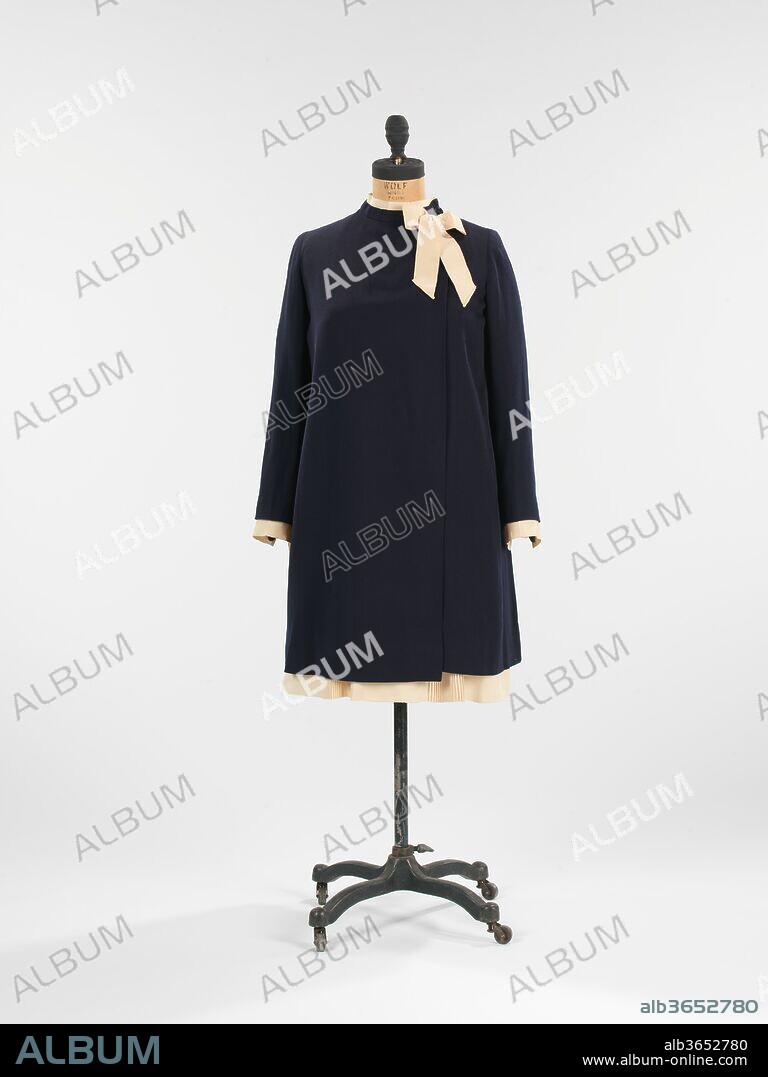alb3652780
ensemble

|
Ajouter à une autre Lightbox |
|
Ajouter à une autre Lightbox |



Avez-vous déjà un compte? S'identifier
Vous n'avez pas de compte ? S'inscrire
Acheter cette image.
Sélectionnez l'usage:

Titre:
ensemble
Légende:
Voir la traduction automatique
Ensemble. Culture: French. Design House: House of Lanvin (French, founded 1889). Designer: Jeanne Lanvin (French, 1867-1946). Date: ca. 1926.
Jeanne Lanvin was apprenticed to a milliner and a dressmaker before opening her own millinery shop in 1889. She expanded into dressmaking when her clients began asking for the ensembles in which she adorned her daughter, Marguerite di Pietro (1897-1958). Her style embodied the femininity of youth in a most modern way with meticulous and relatively sparse surface embellishments and robe de style silhouettes, which could be worn by women of all ages. Lanvin's aptitude can be seen through her house's 1920s expansion into fur, lingerie, men's wear, household goods and perfume. She even had the forethought to open her own dye factory which produced the inimitable 'Lanvin blue.' The longevity of the House of Lanvin can be credited to her attentive management and design standards from its inception.
Lanvin Sport was added to the line-up in 1923. This particular Sport dress shows Lanvin's interests in creating comfortable leisure ensembles for women which would reflect the sportier lifestyle which became more socially acceptable throughout the early 20th century. The obvious mix of pleated tennis skirts with the length and fit of girl's dresses make it a nice example of her children's wear origin and French sportswear, a field which would later become a hallmark of American designers Claire McCardell and Bonnie Cashin.
Technique/matériel:
silk, wool
Musée:
Metropolitan Museum of Art, New York, USA
Crédit:
Album / Metropolitan Museum of Art, NY
Autorisations:
Modèle: Non - Propriété: Non
Questions sur les droits?
Questions sur les droits?
Taille de l'image:
3150 x 4200 px | 37.9 MB
Taille d'impression:
26.7 x 35.6 cm | 10.5 x 14.0 in (300 dpi)
Mots clés:
 Pinterest
Pinterest Twitter
Twitter Facebook
Facebook Copier le lien
Copier le lien Email
Email
